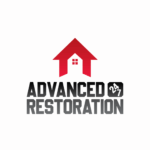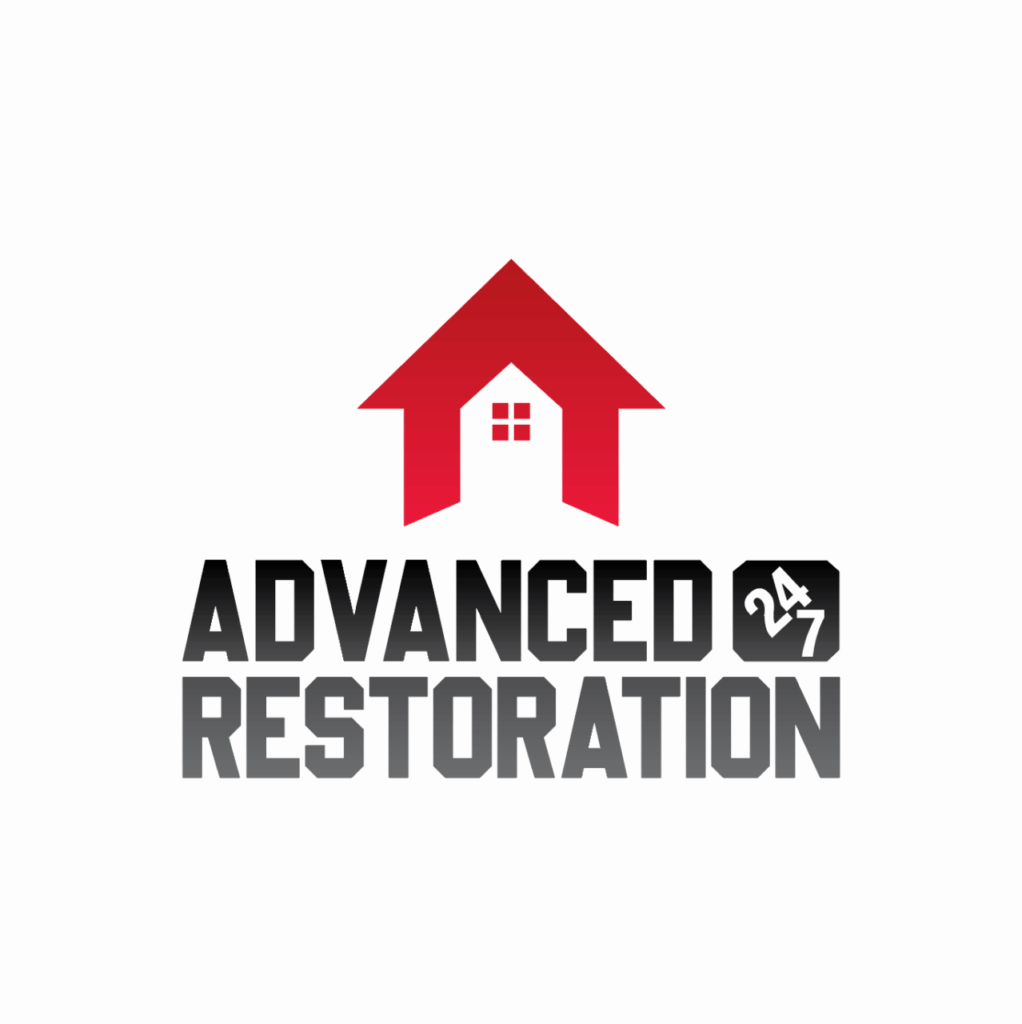Dive headfirst into the murky waters of sewage cleanup health risks with the knowledge that you are well-equipped to handle any challenge that comes your way.
When it comes to protecting yourself from the dangers that lurk within, there are five essential gears that you must have in your arsenal.
From hazmat suits to waterproof boots, these protective measures will shield you from harm and ensure your safety in adversity.
But there’s more to it than just donning the right gear; it’s about understanding the risks and taking proactive steps to minimize their impact.
So, strap on your boots and get ready to explore the top five gears that will keep you safe as you navigate the treacherous waters of sewage cleanup.
Hazmat Suits
When dealing with sewage cleanup, you must wear hazmat suits to protect yourself from hazardous substances. These suits shield your body from chemical exposure and prevent potential health risks. Hazmat suits create a barrier between your skin and the harmful substances in sewage, ensuring your safety during cleanup.
Chemical exposure is a serious concern when dealing with sewage. The waste materials in sewage can contain harmful chemicals, bacteria, and viruses that pose a significant threat to your health. Wearing a hazmat suit effectively minimizes the risk of coming into direct contact with these hazardous substances.
Proper disposal of sewage waste is another crucial aspect of the cleanup process. Hazmat suits ensure the waste is handled and disposed of safely. These suits are designed to be impermeable, preventing contamination or leakage during the removal and disposal of the sewage waste. By wearing a hazmat suit, you aren’t only protecting yourself and taking the necessary precautions to safeguard the environment and prevent the spread of contaminants.
Rubber Gloves
To protect your hands from exposure to hazardous substances during sewage cleanup, it’s essential to wear rubber gloves. Rubber gloves are a barrier between your skin and the harmful pathogens and chemicals in sewage. They provide a protective layer that prevents direct contact and reduces the risk of contamination. When choosing rubber gloves for sewage cleanup, it’s important to select ones that are durable, waterproof, and puncture-resistant.
Alternative glove options:
While rubber gloves are the most commonly used option for sewage cleanup, alternative glove options are also available. These include:
- Nitrile gloves: Nitrile gloves are made from a synthetic rubber material resistant to chemicals, oils, and solvents. They offer excellent protection against sewage-related hazards and are a suitable alternative to rubber gloves.
- Neoprene gloves: Neoprene gloves are made from a synthetic rubber called chloroprene. They’re highly resistant to chemicals, acids, and oils, making them a good choice for sewage cleanup tasks.
- PVC gloves: PVC gloves are made from polyvinyl chloride and are known for their chemical resistance. They provide a reliable barrier against sewage contaminants and are affordable for those on a budget.
Proper glove disposal:
After completing the sewage cleanup, it’s important to dispose of the gloves properly to avoid further contamination. Follow these guidelines for proper glove disposal:
- Remove gloves carefully, avoiding any contact with the outer surface.
- Place the used gloves in a plastic bag or container.
- Seal the bag/container tightly and dispose of it in a designated hazardous waste bin or follow local regulations for proper disposal.
Respiratory Masks
As you continue to protect yourself during sewage cleanup, a respiratory mask is another essential piece of protective gear to consider. Respiratory masks play a crucial role in safeguarding your health by filtering out harmful particles and contaminants in the air. Here are four reasons why using N95 masks and different types of respirator masks can provide you with the necessary protection:
- Efficient Filtration: N95 masks are designed to filter out at least 95% of airborne particles, including bacteria and viruses. These masks have multiple layers of filtration material that effectively trap harmful substances, ensuring you breathe clean air.
- Secure Fit: Respirator masks come in different sizes and styles, allowing you to find the one that fits snugly on your face. A secure fit is essential to prevent gaps or leaks that could allow contaminated air to enter. With a properly fitted mask, you can have peace of mind knowing you’re fully protected.
- Comfortable and Breathable: N95 masks are engineered to provide both comfort and breathability. Despite their high filtration efficiency, these masks are lightweight and allow easy airflow. You can wear them for extended periods without feeling suffocated or uncomfortable.
- Versatility: Various types of respirator masks are available, each designed for specific purposes. Whether you need protection against chemical fumes, dust, or biological contaminants, there’s a mask suitable for your needs. By choosing the right type of respirator mask, you can ensure maximum protection against the specific hazards you may encounter during sewage cleanup.
Waterproof Boots
One essential item to consider for protecting yourself during sewage cleanup is a pair of waterproof boots. These boots are designed to provide both protection and comfort while working in hazardous conditions. They are made from chemical-resistant materials and are slip-resistant, ensuring you stay safe and stable throughout the cleanup process.
Safety Goggles
When protecting your eyes during sewage cleanup, a crucial item to consider is a pair of safety goggles. Your eyes are incredibly delicate and vulnerable to injury, so taking precautions to prevent any harm is essential. Here is why proper eyewear is of utmost importance:
- Preventing eye injuries: Sewage cleanup poses various risks, including exposure to harmful chemicals, bacteria, and debris. Without the appropriate eye protection, these hazards can cause severe eye injuries, such as chemical burns, infections, or cuts from sharp objects. Safety goggles provide a barrier, shielding your eyes from these potential dangers.
- Ensuring clear vision: During sewage cleanup, visibility is crucial. Safety goggles are designed to fit securely around your eyes, providing a clear field of vision without obstructing your sight. This allows you to navigate the contaminated areas confidently, reducing the risk of accidents.
- Protecting against splashes and spills: Sewage cleanup involves handling liquids that can easily splash or spill. Safety goggles create a tight seal around your eyes, preventing any liquids from reaching them. This is especially important as sewage can contain harmful substances that may cause irritation or infection if they come into contact with your eyes.
- Promoting overall safety: When you wear safety goggles, you protect your eyes and prioritize your overall safety. By taking this proactive step, you’re demonstrating a commitment to your well-being and those around you. It creates a sense of belonging within the community of individuals working together to mitigate the risks of sewage cleanup.
Review
When protecting yourself from the health risks of sewage cleanup, it’s crucial to have the right gear. Hazmat suits, rubber gloves, respiratory masks, waterproof boots, and safety goggles are essential tools in ensuring your safety.
Wearing these protective gears can effectively safeguard your health and minimize the potential dangers of sewage cleanup. Don’t compromise on safety; invest in these gears and stay protected.
Advanced 24/7 Restoration’s mission is to provide unparalleled care and support to our valued clients. Delivering the best solutions for your property restoration needs. Our vision is to be the top-rated damage restoration company in Denver, known for our exceptional services, professionalism, and dedication to customer satisfaction. Water damage, fire damage, flood damage, and more.
- This author does not have any more posts


